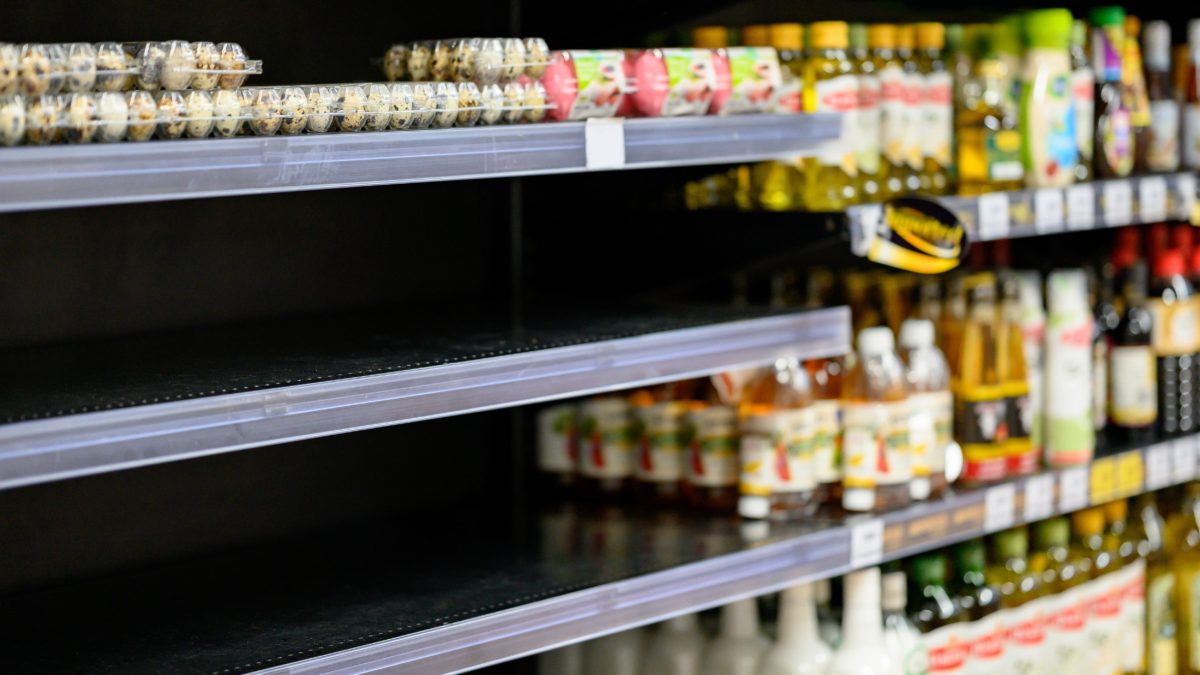By Julie Deering, Women in Agribusiness Media
Traditional food and agricultural supply chains were significantly disrupted when COVID-19 hit the United States earlier this year and companies, along with the U.S. government, started shifting to concerns for the safety of employees, customers, and citizens. As businesses were forced to shut down and families implemented social distancing and isolation, no business from upstream farms to downstream retailers was left unscathed.
In fact, one expert argues that whatever hit consumers have taken financially, farmers have taken an even bigger hit.
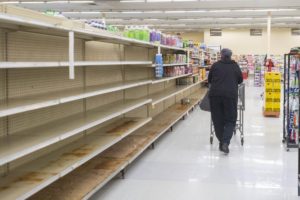 “Prices [received for commodities such as corn, soybeans, beef, and pork] have been falling precipitously for the past number of years,” said Jayson Lusk, a Purdue University agricultural economist and head of the Department of Agricultural Economics. “Farmers have been relying on government payments from trade disruptions and now COVID-19.”
“Prices [received for commodities such as corn, soybeans, beef, and pork] have been falling precipitously for the past number of years,” said Jayson Lusk, a Purdue University agricultural economist and head of the Department of Agricultural Economics. “Farmers have been relying on government payments from trade disruptions and now COVID-19.”
Lusk said there are two periods of disruption to upstream farmers and food processing and manufacturing plants. In mid- to late-March, the supply chain experienced a demand shock.
“Food [consumed] away from home was essentially shut down and then we had a peak of demand hit grocery stores,” Lusk explained. “This caused a great deal of disruption. The way we deliver food to restaurants and cafeterias is different than how we deliver it to groceries.”
Within a matter of weeks, most businesses had worked through this demand shock and empty store shelves returned to being stocked.
At the farm level, some crops had to be plowed under and in the case of milk, dumped, Lusk said, due to demand shrink. Some farm products were able to be re-routed within the supply chain, but the supply chain could not absorb all that was produced on the farm and get it to downstream grocery stores and consumers.
The second period of disruption, Lusk said, was a supply shock within the meat processing sector, which is highly concentrated.
To give some perspective, Lusk shared that the 10 largest U.S. processing plants process more than 60 percent of all cattle. Similarly, the 15 largest pork processing plants process more than 60 percent of all hogs.
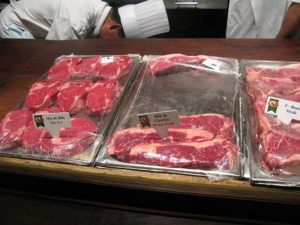 “Any one of these plants is big enough that when it goes down, it causes significant market disruption,” Lusk explained. “These plants are also labor intensive. The largest plants employ somewhere between 3,000 to 4,000 employees who work in a single location.”
“Any one of these plants is big enough that when it goes down, it causes significant market disruption,” Lusk explained. “These plants are also labor intensive. The largest plants employ somewhere between 3,000 to 4,000 employees who work in a single location.”
“Because they work in a refrigerated environment, it’s expensive square footage, so the incentive is to have works within close proximity to each other.”
By the first of May, Lusk noted that both beef and pork processing facilities were running about 40 percent below the same time the year prior.
“That’s a huge supply shock,” Lusk said. “We saw livestock prices falling significantly. Demand for cattle and hogs wasn’t there because the plants couldn’t run that many animals through.”
“At the same time, because there was less meat being placed on the market, wholesale meat prices were going through the roof. Wholesale beef prices reached a level we haven’t seen in the past 20 years, and pork prices also reached very significant levels.”
Today, consumers are starting to see these prices come down, but nowhere near what they were prior to COVID-19.
While farmers and food processing and manufacturing plants worked through significant supply chain disruptions, so did retailers.
Downstream Distribution
Without the constraints of COVID-19, the retail business is fiercely competitive, operating on net margins of 0.5 percent to 2.5 percent.
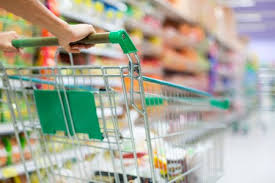 “It’s a tough business to be a part of because of stiff competition,” explained Ananth Iyer, senior associate dean for Purdue’s Krannert School of Management and Susan Bulkeley Butler Chair in Operations Management. “This also means that stores must carry a lot of items, more than 30,000 SKUs or unique items.
“It’s a tough business to be a part of because of stiff competition,” explained Ananth Iyer, senior associate dean for Purdue’s Krannert School of Management and Susan Bulkeley Butler Chair in Operations Management. “This also means that stores must carry a lot of items, more than 30,000 SKUs or unique items.
“There is a lot of inventory in stores as retailers compete on price, availability, convenience and freshness.”
But when COVID-19 hit, Iyer said every element within the supply chain needed to function to keep goods such as toilet paper in stock. This includes truck drivers, warehouse employees, store employees, and all roles that are automated.
At the same time, Iyer said companies were grappling with how to protect the health of their associates so that they were able to function.
“This was and is a big challenge,” he said, noting possible solutions include incentive pay, protective gear, restructuring work processes trading efficiency for safety, checking employees temperatures upon entering the site, and paid sick leave … all while managing customer interactions.
During this time, retailers got creative with omnichannel fulfillment, Iyer said. This means that retailers worked to meet customers where they were.
What’s interesting is that some companies were used to distributing their products through one or two of these methods, but now we’re seeing retailers use the full arsenal of distribution to keep customers, Iyer noted. This includes in-store shopping, home delivery, ordering online and store pickup, or ordering online and parking lot delivery.
Iyer said that many have even reserved a time for vulnerable customers to shop.
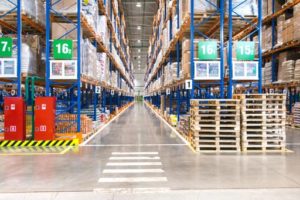 “Stores are trying to adaptively improve the way customers can get access,” he said. “Historically customers have never had to inform the store about what they plan to purchase. But the moment they inform the store about what they want to purchase, it makes satisfying the customer that much easier.”
“Stores are trying to adaptively improve the way customers can get access,” he said. “Historically customers have never had to inform the store about what they plan to purchase. But the moment they inform the store about what they want to purchase, it makes satisfying the customer that much easier.”
Iyer believes that COVID-19 has accelerated the future of supply chain management.
COVID-19 Forges Future
Picture robots moving around and checking inventory levels and fulfilling orders. Walmart already has a robot for inventory tracking and Target has announced it is moving in this direction. Additionally, IBM has announced video tracking to enable social distancing to count the number of people in the stores.
There will continue to be increased use of online ordering and curbside pickup, Iyer added. He thinks retailers will play a greater role in food preparation to make life easier for customers. However, retailers will need to give customers a greater in-store experience to bring people in, while allowing them to operate safely.
# # #
~ Julie Deering is senior content manager for HighQuest Group’s Agribusiness Division, working on the Women in Agribusiness, Oilseed & Grain News, and Organic and Non-GMO platforms. She also owns a cow-calf operation in the heart of Missouri. Connect with her on LinkedIn at linkedin.com/in/judouglas.

